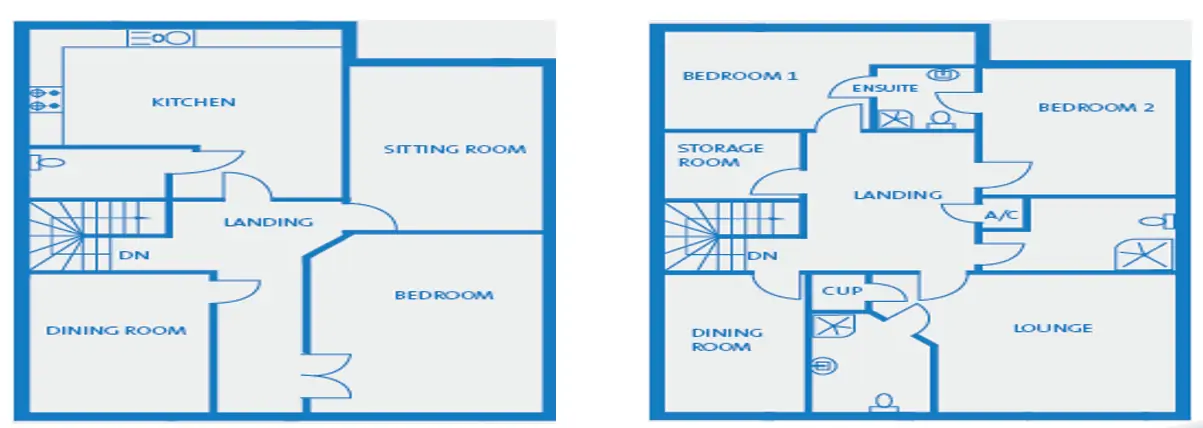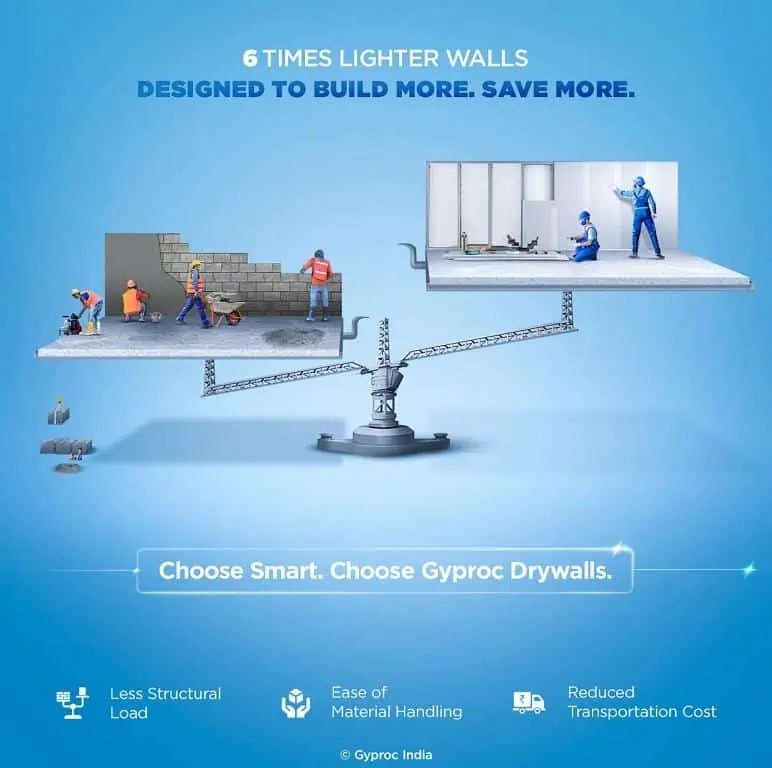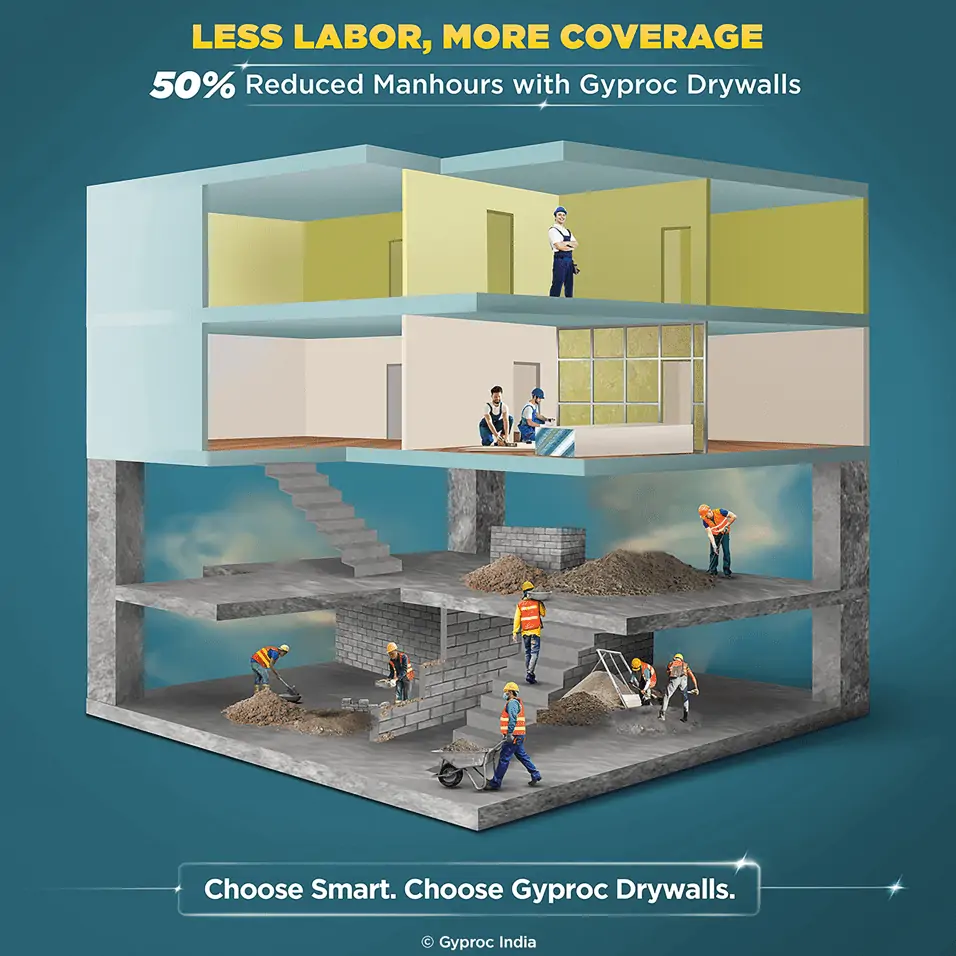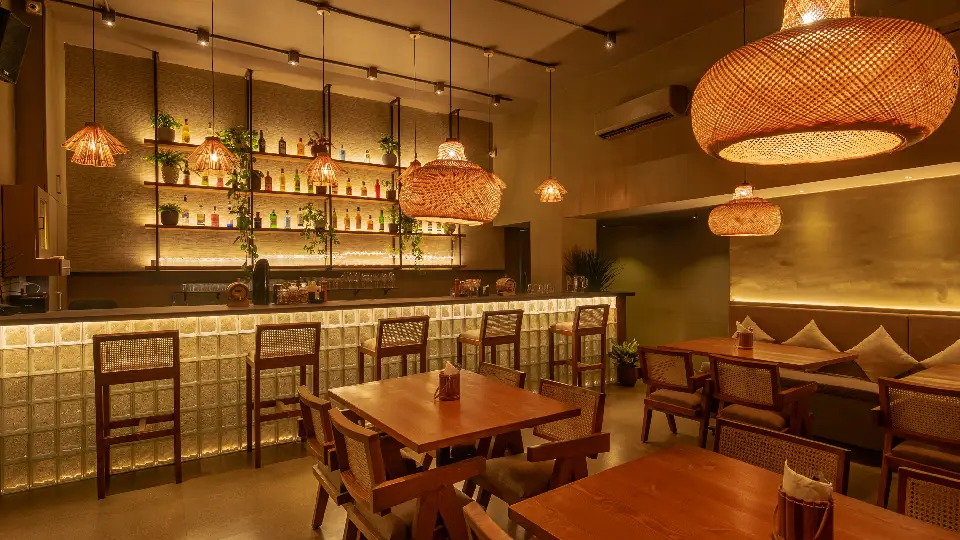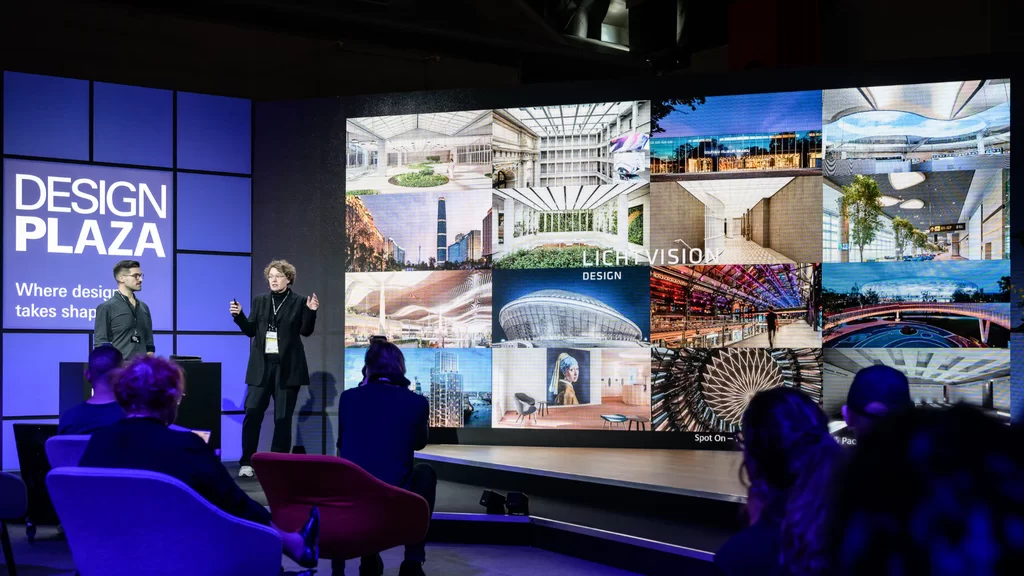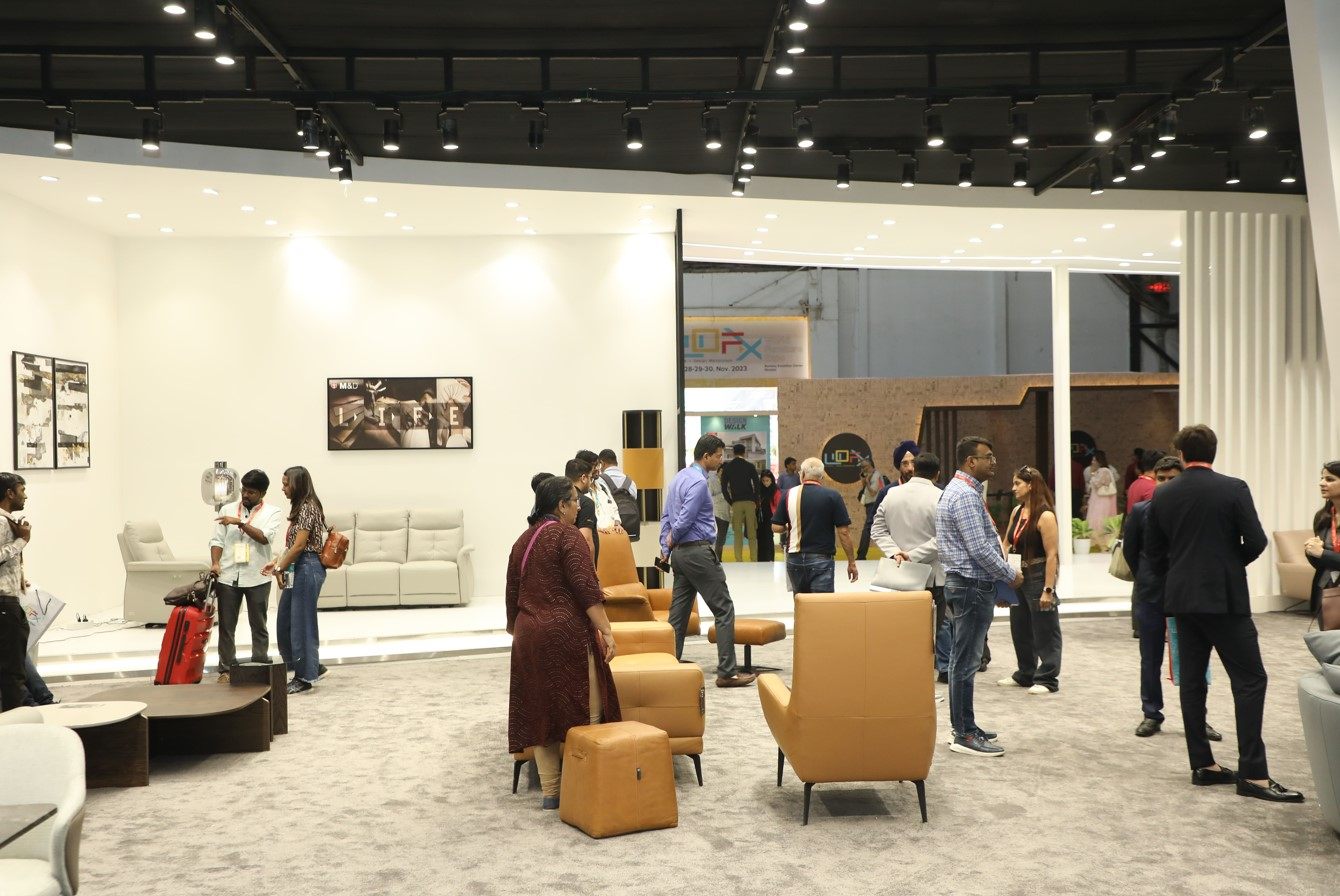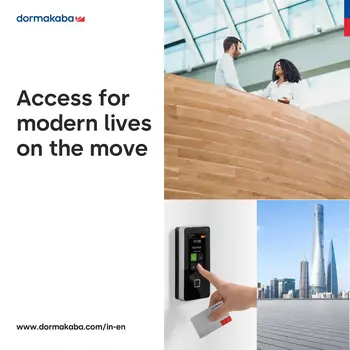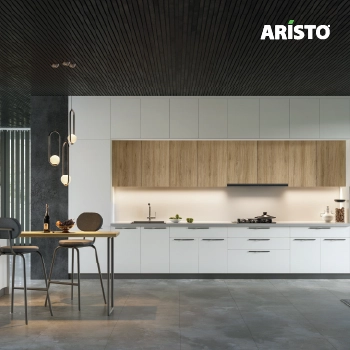Our building systems have a significant preference for green construction. In today’s scenario, solutions that will ease the construction process, as well as be speedier and more sustainable, are sought after. Therefore, catering to the need of the hour, drywall partition systems are widely used in the construction of buildings.
Post-pandemic, the requirements of typical building construction have changed. This is resulting in a shift towards greater acceptance of new construction techniques such as drywalls.
Drywall is a high-performance, light weight, gypsum board based partition system made out of a GI steel frame wrapped in gypsum plasterboards on both sides that are attached using self-drilling drywall screws. After that, the joints are taped and finished with a gypsum jointing compound.
Drywall partition systems: A preferred choice across sectors
In today’s world, as you can observe, most of the buildings are adopting drywall technology. This is because of the changing needs of the clients in each sector.
Since the pandemic hit our lives, thousands of individuals shifted to home offices. Given the increased hours that people spend at home, this has resulted in a shift in requirements in the residential sector. Privacy at home and separate flexible spaces have become essential as a result of the transformation in the way we operate that has made work-from-home the new normal. The healthcare sector post-pandemic has witnessed a rapid increase in the building of new healthcare infrastructure with stringent timelines. On the other hand, in a hotel, the good sleep of the occupant is of prime importance and hence, acoustically superior solutions become the need. As a result, there is a demand for faster and safer building options that can meet both time and performance requirements.
| Also see: At DHIPL, we use drywalls to keep load requirements in check & reduce structural costs: Mr. Sunil Dalwadi (Interior contractors in Mumbai) |

Therefore, drywall partition systems are suitable for application in all internal and external areas of buildings across sectors. In addition to being easy to install, fire, moisture, and mould resistant, drywall can assist establish a soundproof space in commercial buildings like hotels and restaurants, as well as educational settings. Additionally, they provide thermal insulation as well as a seamless and smooth finish allowing ease of decoration with the help of paint, tiles, or wallpapers.
| Also see: Drywall: Emerging alternative against traditional construction methods |
Key benefits of Drywall systems
Manufacturers of drywall, such as Gyproc, have understood the changing market needs and innovated continuously with drywall solutions resulting in numerous functional, performance, and commercial advantages, such as:
- Light weight construction method that is six times lighter than traditional methods. It makes installation and handling easier at the site.
- Fire-resistant system ideal for walls that need to withstand a fire for up to 4 hours.
- Water and termite resistance, along with tile/stone cladding up to 60 kg/m2, make drywalls ideal for bathrooms, pantries, and other high-moisture locations.
- Cost savings that result in up to 15% less structural cost, up to 33% less labour cost, and up to 25% less project costs.
- Sound insulation of up to 85 dB.
- Contribution to green credentials and credits as per green certification norms and positive CO2 emission impact contributing to a sustainable future.
- Save space offering up to 5% of additional space, and much more.
| Know more about Gyproc drywalls. |
Drywall partitions: Benefitting each stakeholder in the ecosystem
In a typical building construction, different stakeholders play a different role in choosing the right solution. So, the requirements of each stakeholder in the ecosystem are different. Hence, their expectations from a wall being constructed in a building are different as well.
Drywalls are adaptable and may be easily customized to fit unique requirements and areas in a building. Designers and builders may plan their construction projects precisely owing to drywall’s reasonable sizing and customizing options.
In this section, let’s understand why drywalls are a preferred choice, analyzing the benefits from the lens of different stakeholders.
1. Benefits of Drywall to Developers

Modern construction technologies have created new possibilities to achieve the desired results. For developers, a project is considered successful when it is completed on time, within budget, and superior in terms of quality.
Timely completion of projects is critical. As a result, developers are increasingly opting for solutions that provide quick completion, easy-to-use materials, and environmentally safe components.
The advantage of drywall over brick or block walls is that it is lightweight, resulting in significant structural cost savings. In this situation, drywall technology has become essential for high-rise building construction. Furthermore, drywalls are simple to install and reduce the number of man-hours required. Drywalls contribute to green credentials and credits as per green certification norms and have a positive CO2 emission impact contributing to a sustainable future and in the delivery of green buildings. Another benefit of using drywall partitions is that they allow more carpet area and a seamless finish. In addition, with less crowding of manpower at the site, the risk of safety-related incidents is also reduced.
Thus, drywall systems by brands like Gyproc minimize site overheads, usage of water resulting in a non-messy site, and provide flexibility in repairing if the need arises in the future. Their cost efficiency and low maintenance cost make them a highly popular choice.
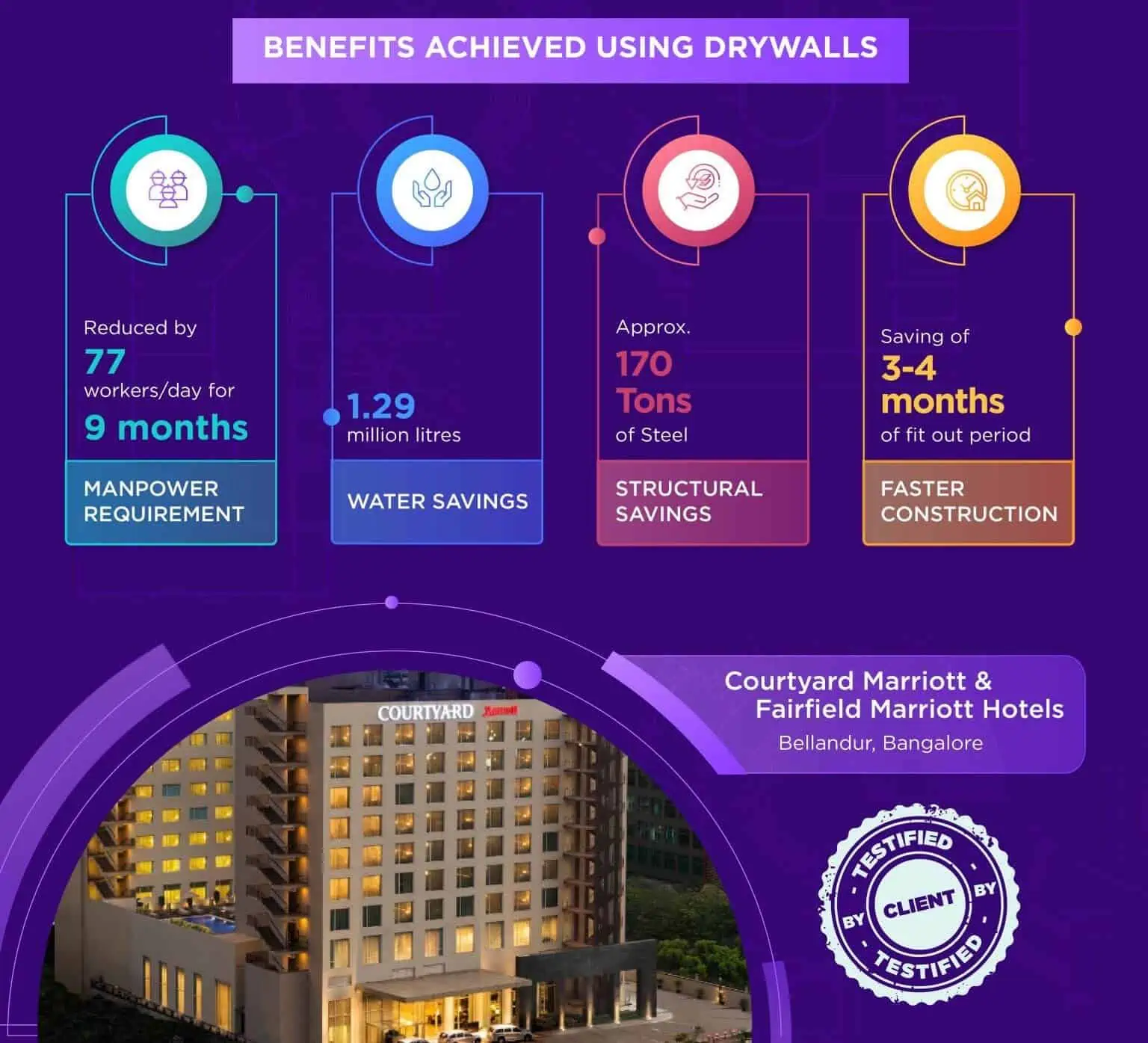
2. Benefits of Drywall to End clients/Operators

As a multi-factor solution, drywalls are a go-to alternative for clients trying to reduce environmental effects and ever-increasing utility costs. By providing load-fixing strength, robustness, and fire safety for interior spaces, drywall solutions are setting new standards within the building industry.
It minimizes the time taken from investment to start of revenue generation and enhances brand reputation. Moreover, drywall systems result in increased revenue for better-performing buildings. Therefore, the usage of drywall systems results in speedy monetization.
The drywall partition systems have a provision for expansions. Particularly for residences, offices, and hospitals, drywalls offer flexibility for modifications without disruption of operations. Being a lightweight solution, drywalls aid the construction of high-rise walls in industrial projects. Drywalls these days have evolved so much that the major requirements of unplanned loading of items on the walls are also addressed through solutions such as Gyproc Habito Wall. These walls provide up to 30 kg point load, thereby helping the operations and maintenance teams of end clients, the flexibility to mount any items on the wall without the need of prior planning or provision of ply backing support.
| Also see: Gypsum Drywalls – The comfort solution for interior spaces |
When designed with drywalls, end clients and operators get the flexibility to support floor expansions in future basis load requirements, unlike block or brick construction, where the buffer is limited. Moreover, it offers excellent acoustics, easy repairs, superior finish, impact resistance, fire safety, reduced maintenance cycles, and superior performance.
3. Benefits of Drywall to Project Management Consultants (PMCs)

Drywall construction results in a reduction in the budget due to overall cost savings and avoiding liquidated damages on delay. Drywall is a green option that is composed of eco-friendly materials. Furthermore, it is recyclable and contributes to a sustainable future by reducing CO2 emissions. According to green certification standards, drywall contributes to green credentials and credits. It is a solution that can avoid challenges specific to locations like water, sand, etc.
Considering drywalls are a suitable green alternative, at the same time catering to the raw material availability concerns, it has become a go-to solution for PMCs for all their projects across sectors. Flexibility to modify or adapt changes through the project journey is an added advantage. Unlike brick or block walls, drywall ensures no additional beam support is required to add walls in the interior space.
For a PMC, to ensure the project is running within the stipulated timelines, the major requirement is a consistent supply of materials without any disruption. With branded players such as Saint Gobain Gyproc in the drywall segment, the PMCs are ensured of undisrupted supply of materials due to their nation-wide presence of manufacturing facilities, warehouses, and distributors. Apart from the same, PMCs also benefit from the technical expertise and support provided on-site by brands such as Gyproc. The involvement of branded players also ensures that the PMCs are assured of products and solutions that are tested and certified for performance and quality.
4. Benefits of Drywall to Architects
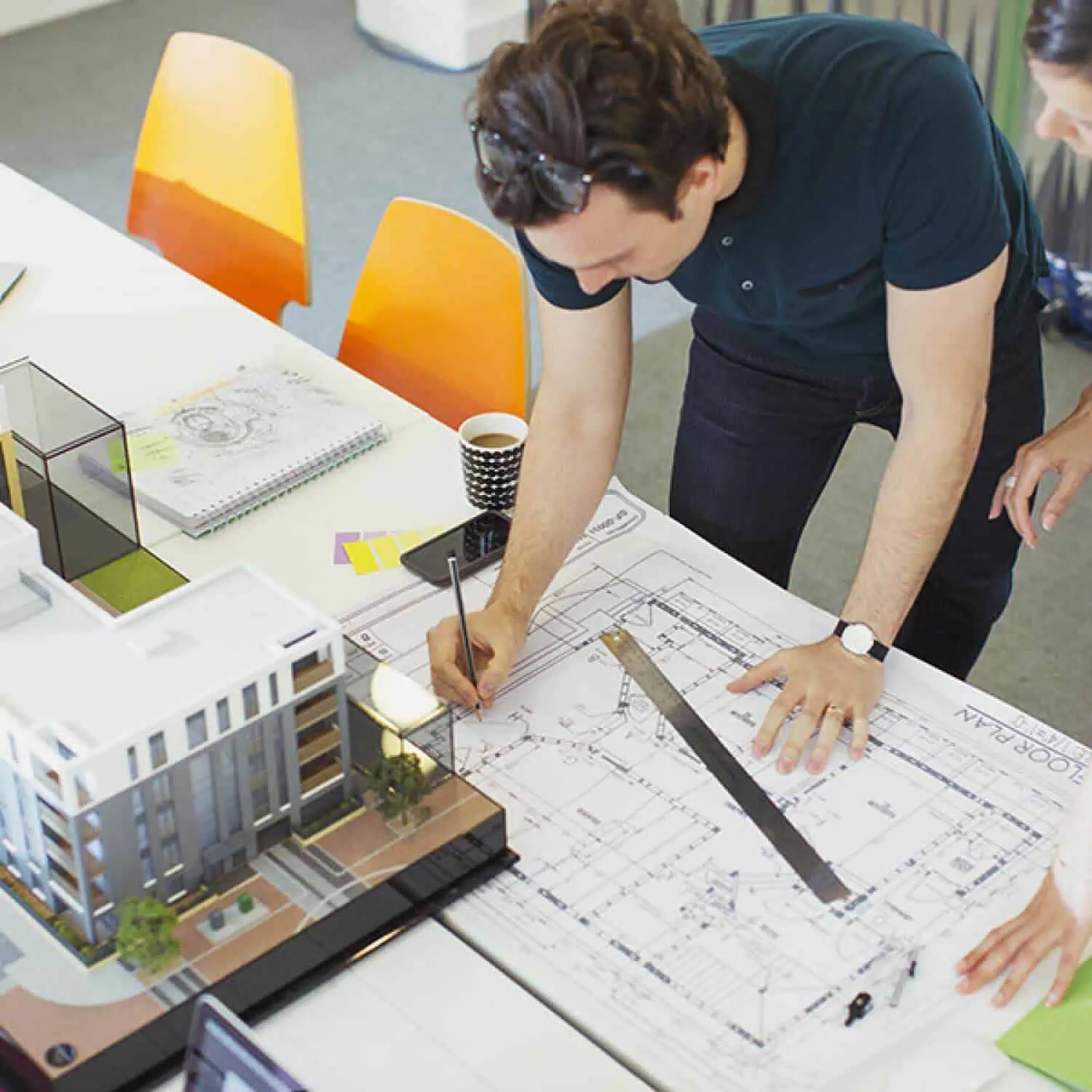
For an architect, a project’s success is evaluated based on its aesthetic performance. The ability of a material to be flexible in its application helps the design community to think outside of the box, which is a significant driver for innovation and exploration. Whether the design aim is to have a smooth paint finish, a textured finish, or a finish suitable for artwork, the adaptability of the gypsum board surface makes it a favoured choice.
Architects prefer drywall because it saves them time during the construction process. Drywalls require minimal design time due to standard modules and detailing available – including BIM.
The versatility of drywall systems is their next best feature. Architects do not need to worry about the location of beams when developing floor plans because the material is lightweight. Flexibility allows architects to be more creative and come up with designs that would be difficult to create with traditional walls.
Moreover, on the performance metrics, drywall systems by brands like Gyproc meet technical performance requirements and labels like BREAM, LEED, and WELL.
Architects can stand out by pitching superior performance and quality solutions and be ahead of the curve. They contribute to the promotion of sustainable solutions with consistent quality.
Catering and adhering to fire and acoustic performance standards and norms like the National Building code, drywalls can help achieve higher acoustics and fire safety at lesser thickness. Hence, architects can design spaces with more carpet area available for usage in a given room. Moreover, architects prefer recommending drywall partition systems since they are tested and certified for quality and performance, unlike traditional construction. Another important aspect that an architect looks for while designing spaces is future-proofing; especially from the perspective of loading unplanned items on walls. Solutions such as Habito walls that cater to unplanned loading that also eliminates ply, thereby adding to green credentials and improved acoustic performance provide added confidence to Architects in their design process with respect to future-proofing.
5. Benefits of Drywall to Contractors

In terms of logistics, lightweight material refers to the ease of transportation from factories or warehouses to construction sites. This effectively translates into man-hour efficiency for contractors, which leads to significant cost savings. Another advantage of using drywalls is that the tools and processes to repair them are simple and cost-effective. Even major damage is often repairable by only impacting the affected area and customizations are possible on site. In addition, the ease of installation and dry construction helps in maintaining a clean construction site; and reduces safety risks at the site during construction.
Additionally, drywall is a solution that helps contractors in providing necessary documentation to clients such as test reports, certifications, etc. Brands like Gyproc, provide contractors with 360-degree technical support at the site. Hence, it is becoming a preferred choice among the fraternity.
For contractors, using drywall systems minimizes site overheads and water usage and maintains profit margins being a speedier construction method. Moreover, it minimizes carbon footprint by reducing transport, minimizes the material storage area required, and offers flexibility to use tailored products and solutions in individual projects.
6. Benefits of Drywall to Consultants

Building parameters vary widely depending on the building components, apart from environmental performance. In today’s construction scenario, numerous consultants such as green, cost, façade, acoustics, MEP, etc. provide expertise to the ecosystem. One common thing for all consultants is the need for innovative solutions that help improve building efficiency and occupant comfort. In the case of wall construction options, this is where a concept as Drywalls fit in, as ideal for new age construction projects, as compared to traditional methods.
Acoustic consultants can attain the required sound insulation levels by choosing appropriate system specifications in terms of wall thickness, permutation-combination of Gypsum boards, etc. for a space. This high flexibility opens up a plethora of options for wall specifications allowing more choice for a particular acoustic requirement. They are ideal for cinemas, auditoriums, studios, and other places to keep sound levels under control. The Drywall technology that adopts Mass-Spring-Mass law is a useful choice for acoustic consultants. It allows them to design spaces that have more vibration and banging sounds. Drywalls, when specified appropriately, may help absorb this high vibration and low-frequency sound and prove to be a better performer against brick walls. Drywall partitions with lesser thickness allow a consultant to help achieve the same or higher acoustics compared to a thicker brick wall or a block wall.
Being a lightweight solution, drywall systems save transportation costs. Moreover, they reduce the structural cost of a project as well. Therefore, cost consultants can entirely omit the process of assessing and comparing options and aid in the estimation of the construction cost of the project.
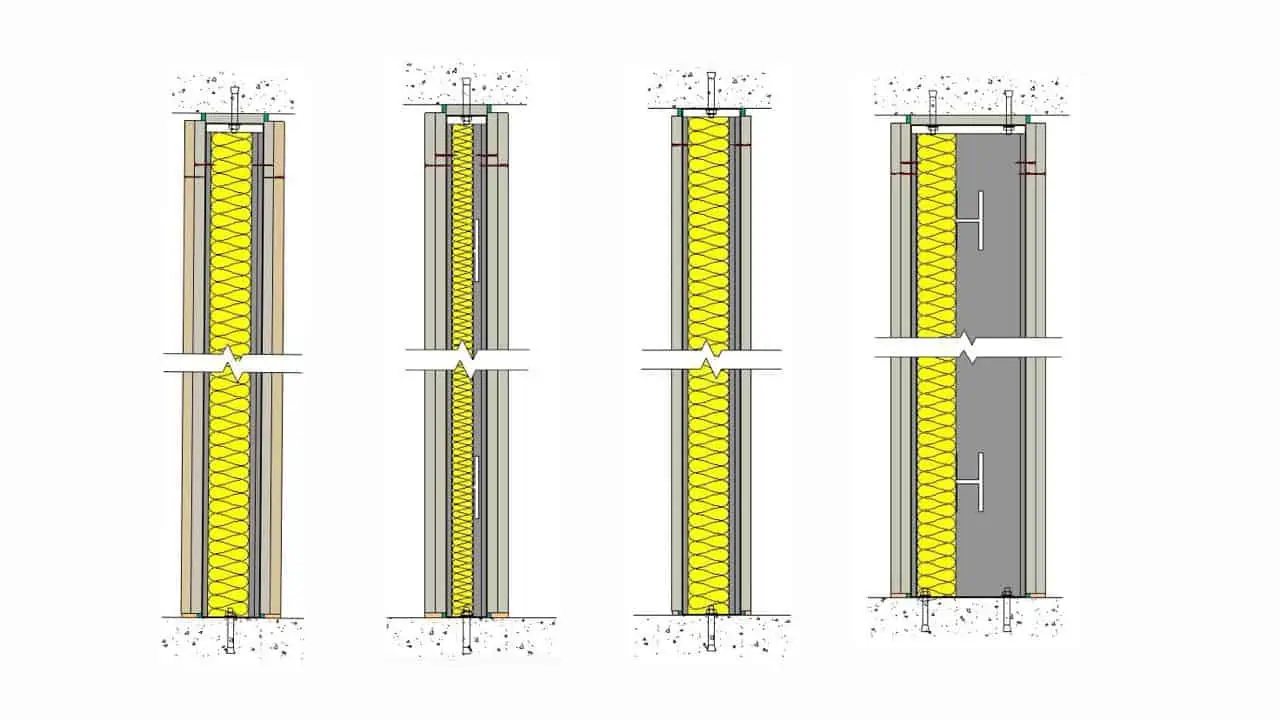
With drywalls, it is possible to have multiple options to play around with. This is either by opting for a single metal framework with single boards on both sides; going for two boards on both sides; or choosing a twin frame system with a variable number of boards on both sides and so on. This diversity in options enables to achieve a wide range of acoustic insulation while simultaneously adhering to thickness/cost/performance needs.
Conclusion
Every construction project, including a home, begins with a foundation. Using drywall for interiors is a necessity whether you’re creating a new home, renovating an existing one, or making repairs.
Construction of buildings accounts for 40% of worldwide greenhouse gas emissions. Given its enormous influence, it is critical to recognize the huge potential for establishing a more sustainable construction sector. This is universal for all types of construction projects, be it residential, commercial, or industrial.
Drywalls are a greener alternative to traditional brickwork. In addition to being sustainable, it offers various other benefits.
Due to its low carbon footprint and wide availability, the drywall system allows builders and architects to meet green construction goals in terms of transportation, manufacturing, and recycling.
Thus, offering efficiency and effectiveness in terms of cost, quality, revenue, and safety, drywall systems have already become the most preferred choice for all stakeholders.
| For more information on Drywalls,
Call 1800 103 7897 or write to gyprocindia@saint-gobain.com Gyproc, a part of the Saint-Gobain group, is a pioneer in the lightweight interior construction industry in India. So, the product range by Gyproc includes gypsum plasterboard systems for false ceilings and Drywall partitions, acoustical ceiling tiles, and gypsum plastering solutions. Moreover, their solutions offer comfort and sustainability to enhance the well-being of people everywhere. In addition, the firm manufactures and distributes high-performance building materials, offering creative solutions to the challenges of growth, energy efficiency, and environmental preservation. |
*The featured image used in the article is from aristocracy.london









